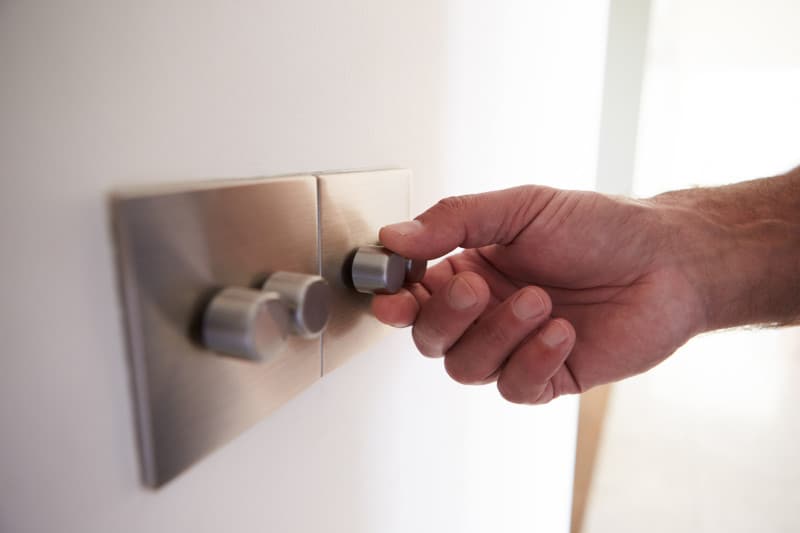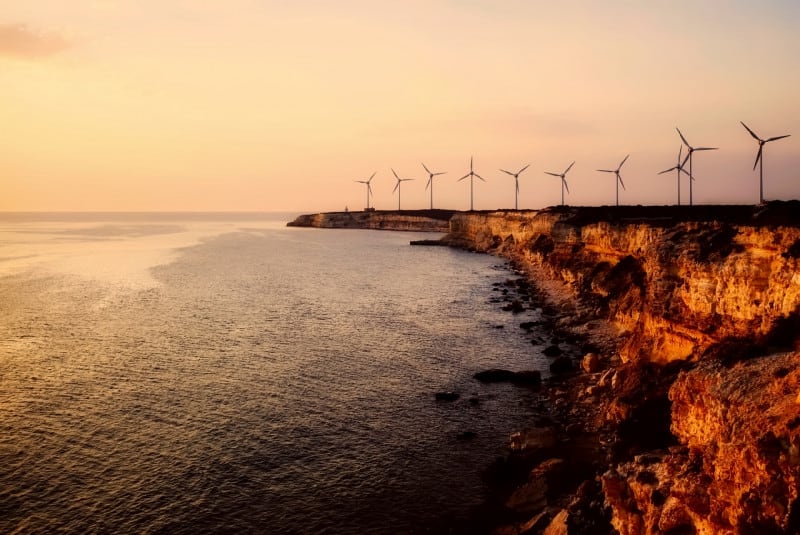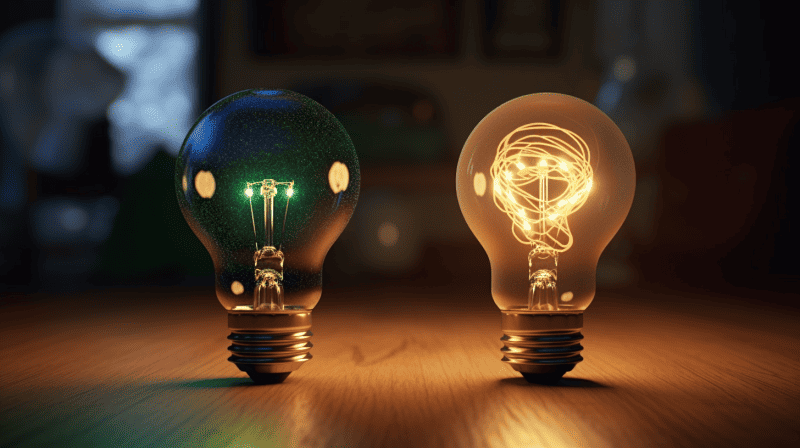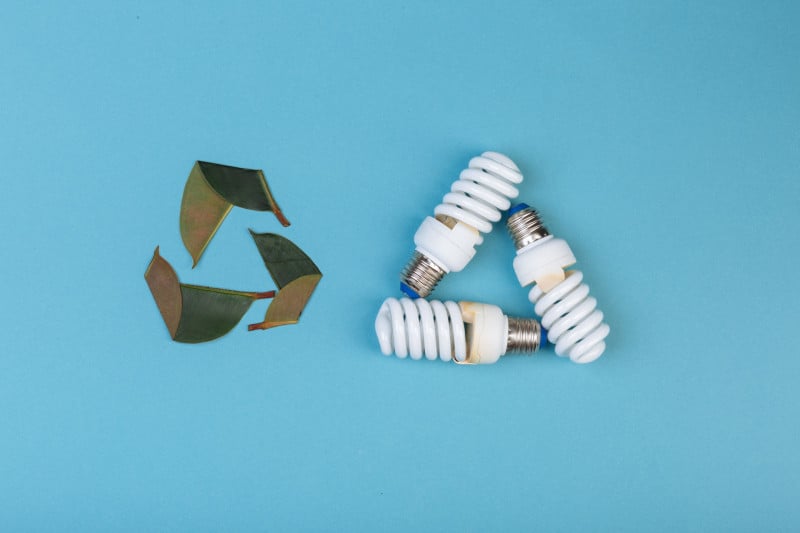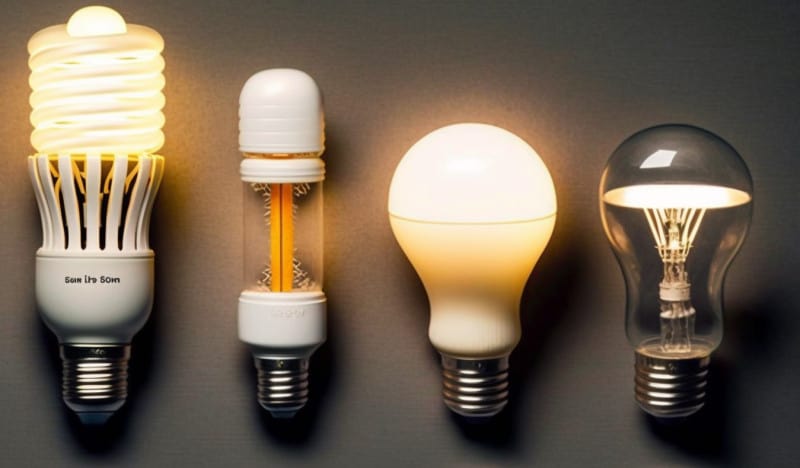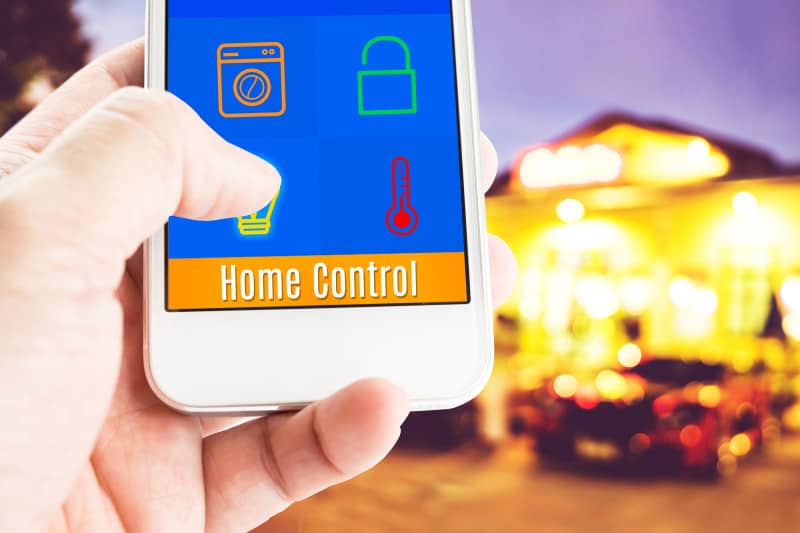Are you looking for ways to save energy and reduce your electricity bill?
One effective solution is to switch to dimmable lights. Dimmable lights allow you to adjust the brightness of your light fixtures, giving you greater control over your energy consumption.
By using dimmable lights, you can not only reduce your energy use but also extend the lifespan of your light bulbs.
In this article, we will explore the benefits of dimmable lights for energy efficiency and provide practical tips on how to maximize your energy savings with dimmable lights.
First, let’s understand how dimmable lights work. Unlike traditional light bulbs, which operate at a fixed brightness level, dimmable lights can be adjusted to emit less or more light.
This is achieved by decreasing or increasing the amount of electrical current flowing to the light bulb.
By reducing the amount of current, you can reduce the amount of energy consumed by the light bulb, leading to lower electricity bills.
With dimmable lights, you can also create different moods and ambiances in your home, making them a versatile and energy-efficient lighting solution.
Understanding the Benefits of Dimmable Lights for Energy Efficiency
By using a dimmer, you can adjust the light intensity based on your preferences, creating the perfect ambiance for any occasion.
Dimmer compatibility is widely available for various types of light bulbs, so you won’t have to worry about compatibility issues.
Not only do dimmable lights offer cost savings, but they also have a positive impact on the environment.
By reducing energy consumption, you’re lowering your carbon footprint and contributing to a greener planet.
Dimmable lights can last longer than traditional bulbs, meaning you won’t have to replace them as often.
Overall, dimmable lights are an excellent investment for anyone looking to save money, reduce their environmental impact, and enhance their living space.
Selecting the Right Dimmable Lights for Optimal Energy Efficiency
Choosing the perfect dimming bulbs can help you create a cozy and relaxing ambiance while cutting down on your electricity bill.
There are various types of dimmable lights available in the market, including LED, CFL, and incandescent bulbs.
However, it’s important to check the compatibility of these bulbs with your existing fixtures before making a purchase.
Using a dimmer switch with an incompatible bulb can lead to flickering, buzzing, or even damage to the bulb.
Proper installation of dimmable lights is also crucial for energy efficiency.
It’s recommended to hire a licensed electrician to install the dimmer switch and ensure that the wiring is correctly done.
Choosing the right color temperature can further maximize energy savings. Warmer color temperatures (2700K-3000K) are ideal for creating a relaxing atmosphere while using less energy.
It’s important to consider the cost benefit analysis of upgrading to dimmable lights.
Although the initial cost may be higher, the long-term energy savings can result in significant cost savings for your household.
Implementing Dimmer Switches: A Key Step Towards Energy Conservation
You may be surprised to learn that there’s a simple and effective way to control the ambiance and energy consumption of your lighting – by installing dimmer switches.
This small modification to your lighting design can have a significant impact on your energy savings.
Not only does it give you the flexibility to adjust the brightness of your lights to suit your needs, but it can also reduce your energy consumption by up to 20%.
Dimmer switch installation is a straightforward process that can be done by a professional electrician or a skilled DIY enthusiast.
Strategies for Adjusting Dimmable Lights to Optimize Energy Savings
To adjust the ambiance of your space while saving energy, consider utilizing the natural light available and adjusting your dimmer settings accordingly.
Place your lights strategically in areas where natural light is not present or is minimal, such as corners or under cabinets.
This way, you can maximize the amount of natural light in the room and use artificial light only when necessary.
Consider scheduling the use of your dimmable lights according to the time of day.
During the day, set your dimmer switches to a lower intensity to let in more natural light.
At night, gradually increase the intensity of the lights as natural light decreases.
You can also install occupancy sensors that can detect when someone enters or leaves a room and adjust the lighting accordingly.
These strategies can help you save energy and create a comfortable atmosphere in your space.
Don’t forget to adjust the color temperature of your lights to match the mood you want to create in your space.
Monitoring and Measuring Energy Savings with Dimmable Lights
If you’re curious about how much you can save on your energy bill, consider using an energy monitoring tool to track the usage of your dimmer switches.
Energy efficient lighting control, such as smart lighting solutions and lighting automation, can also be used to maximize energy savings with dimmable lights.
By retrofitting your current lighting system with dimmable lights and using these energy monitoring tools, you can track your energy usage and adjust your lighting accordingly to save money on your energy bill.
One of the benefits of using energy monitoring tools is that you can see how much energy your dimmable lights are consuming in real time.
This information can be used to identify any areas where you may be wasting energy and adjust your lighting accordingly.
By tracking your energy usage over time, you can also see the impact of any changes you make to your lighting system, allowing you to make informed decisions about how to maximize energy savings with dimmable lights.
So, if you want to save money on your energy bill, start monitoring your energy usage today and consider retrofitting your lighting system with dimmable lights.
Conclusion
You’ve learned how dimmable lights can help you save energy.
By selecting the right dimmable lights and implementing dimmer switches, you can optimize your energy efficiency without sacrificing comfort or style.
But don’t stop there!
You can maximize your energy savings by adjusting your dimmable lights strategically.
Consider coincidence: you can save energy and enhance your ambiance by dimming your lights when natural light is available.
Use dimmers to set the mood and lower your energy bills at the same time.
Finally, be sure to monitor and measure your energy savings to see the impact of your dimmable lights on your energy bill.
With these strategies, you can save energy and money without sacrificing style or convenience.

